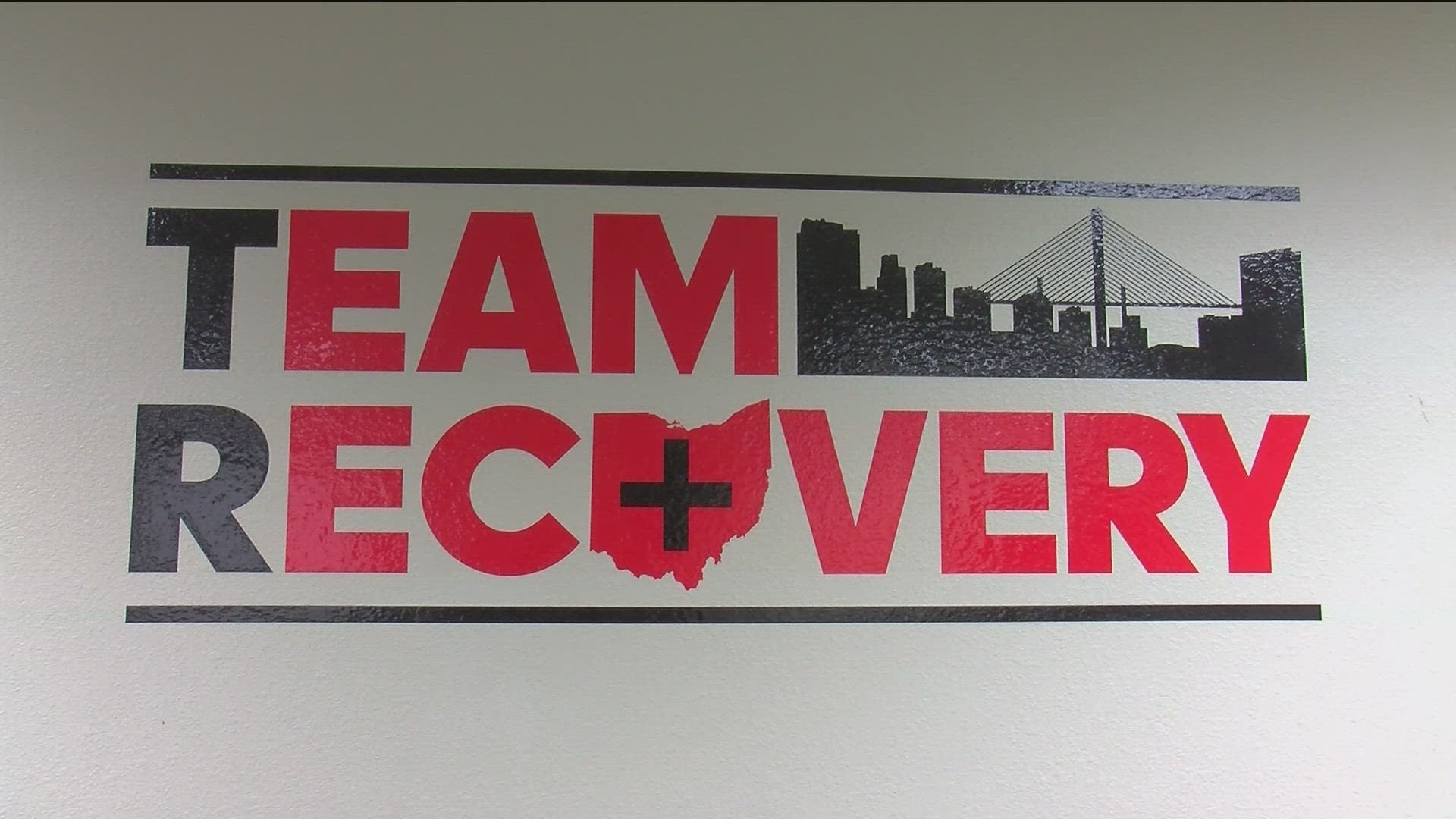TOLEDO, Ohio — After the recent sentencing of 49-year-old Gerald Isom, of Toledo, to 25 years in prison after pleading guilty to two counts of distribution of fentanyl, the conversation surrounding the dangerous substance has reopened.
In 2023, the U.S. Drug Enforcement Administration said it seized over 78 million pounds of fentanyl-laced fake pills and 12,000 pounds of powder, enough doses to kill over 388 million people.
According to statistics from the Ohio Department of Health, in 2022, 4,915 Ohioans died from unintentional drug overdoses, with 81% of unintentional drug overdose deaths in Ohio involving fentanyl.
"We are seeing it within poly-drug mixtures throughout the state," Katie Waclawski, intelligence supervisor for the Ohio Narcotics Intelligence Center, said. "Particularly, we see it in tablet and powder form most frequently, but we are now starting to see it in other forms, which can be dangerous because you might not realize you are encountering it or a substance you've received is fentanyl."
In Lucas County, Health Communications Specialist Heather Burnette of the Toledo-Lucas County Health Department shared with WTOL 11 that in 2022, 95% of opioid-related deaths involved fentanyl. Overall in 2022, there were 231 total overdoses.
This grows the concern for local treatment services organizations like Team Recovery on West Sylvania Avenue in Toledo.
"You're playing Russian Roulette every single day with your life, and a very serious reality of what's happening is that people are losing their lives and it doesn't need to happen," Matt Bell, the founder and CEO of Team Recovery, said. "So if you are struggling out there, just ask for help. There are so many great resources out there in our community. We're lucky that Toledo is a very progressive area in terms of supporting what treatment looks like. There are solutions out there."
Team Recovery's mission is to "improve the overall health and wellness of individuals affected by addiction or mental health disorders." The organization also offers recovery housing, treatment services and detox plans for those in need.
For Bell, not only is the literal drug itself a danger, but so is the reason for taking it, knowingly or unknowingly.
"We talk about why people are using substances; something is going on there, there's a deeper-rooted issue," Bell said. "I think it's very difficult to be a young person in our world today. We have cell phones that are constantly telling us, you know these social media platforms that tell us what we should look like, how you should act, we need approval, we need likes, we need follows, that sort of stuff. Getting involved in substances is never going to get you anywhere."
Therefore, those who work to help those in need ask that community members be very cautious when in positions that deal with drugs.
Why? You may never know what is actually in that pill or in that powder.
"Understand that this is a matter of life and death," Savannah Rayford, chief integration officer for Team Recovery said. "An individual could think that they are taking one thing and in reality, it's laced with something else, and I can tell you all throughout my career, I have seen this be the case and so that's my warning."

